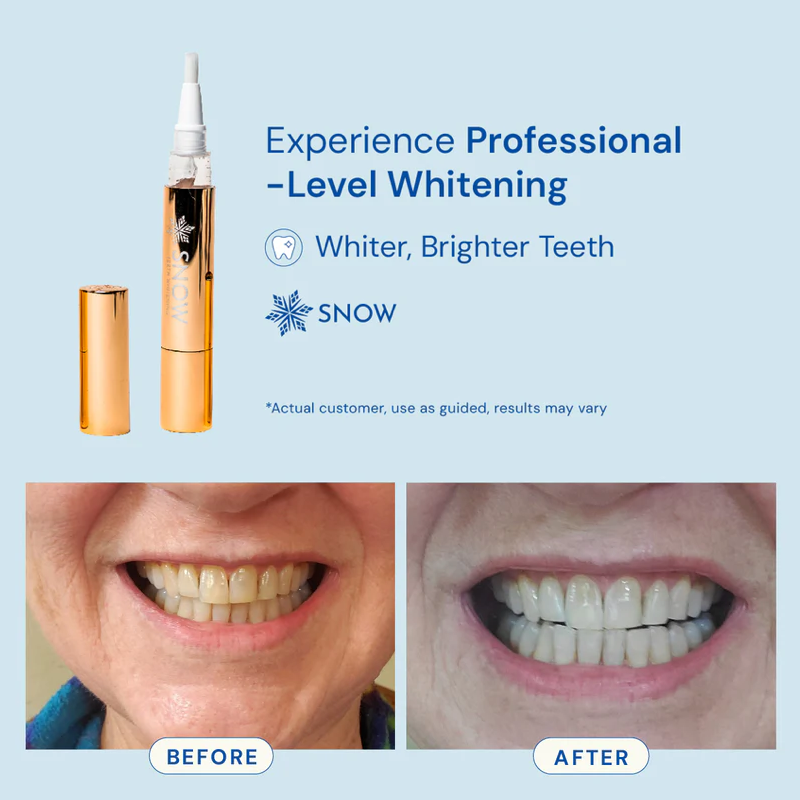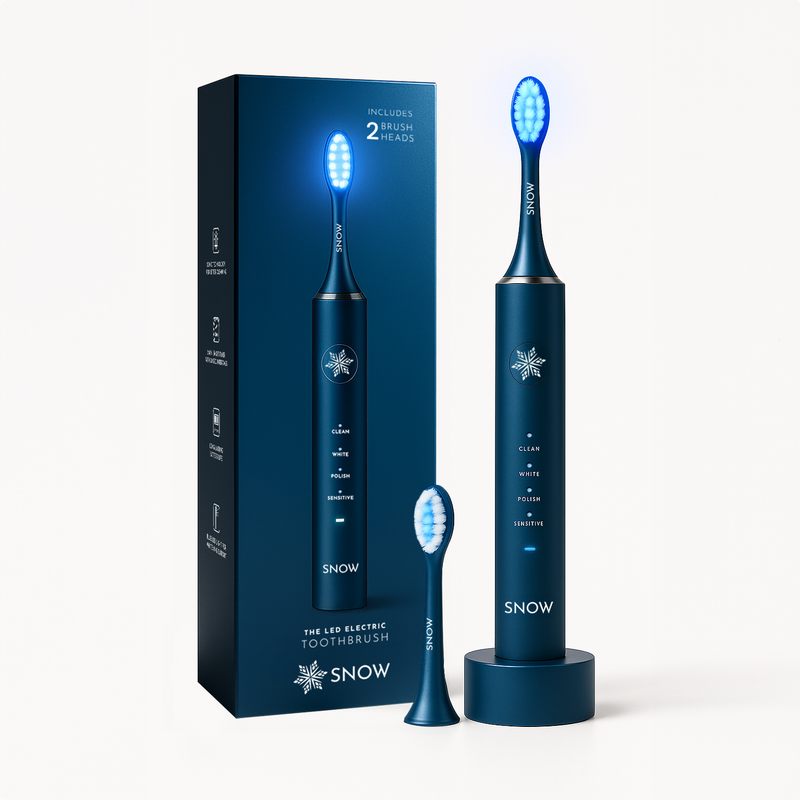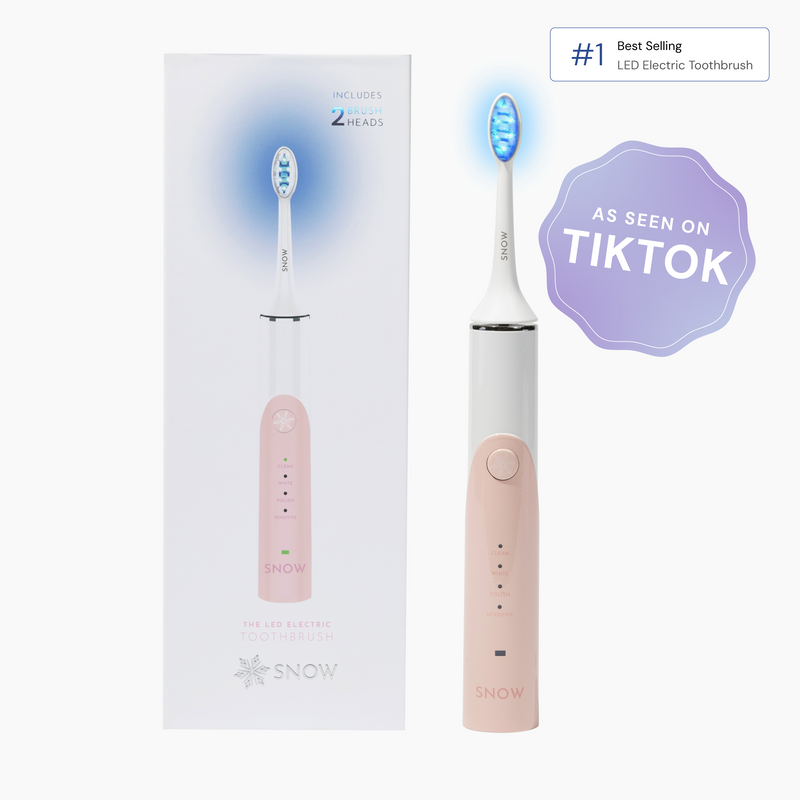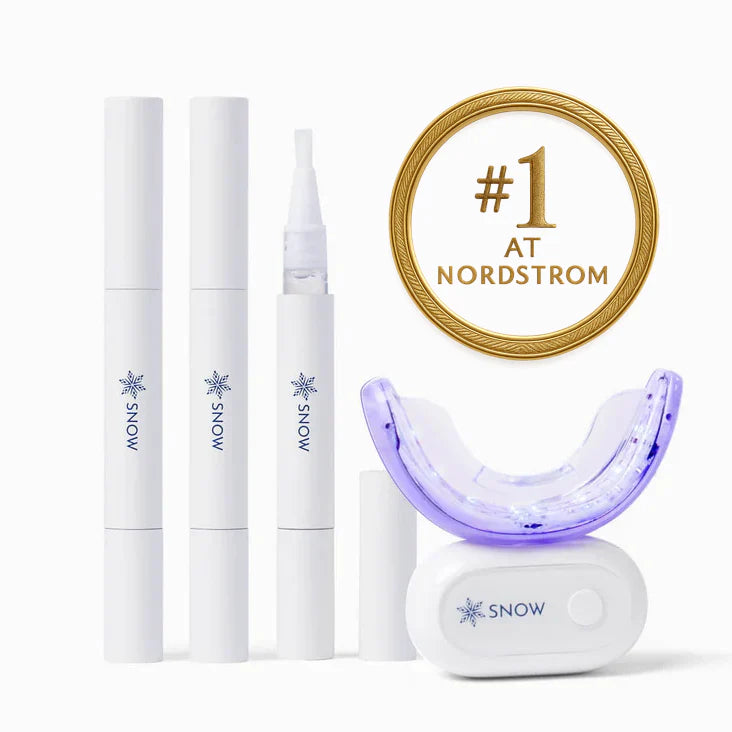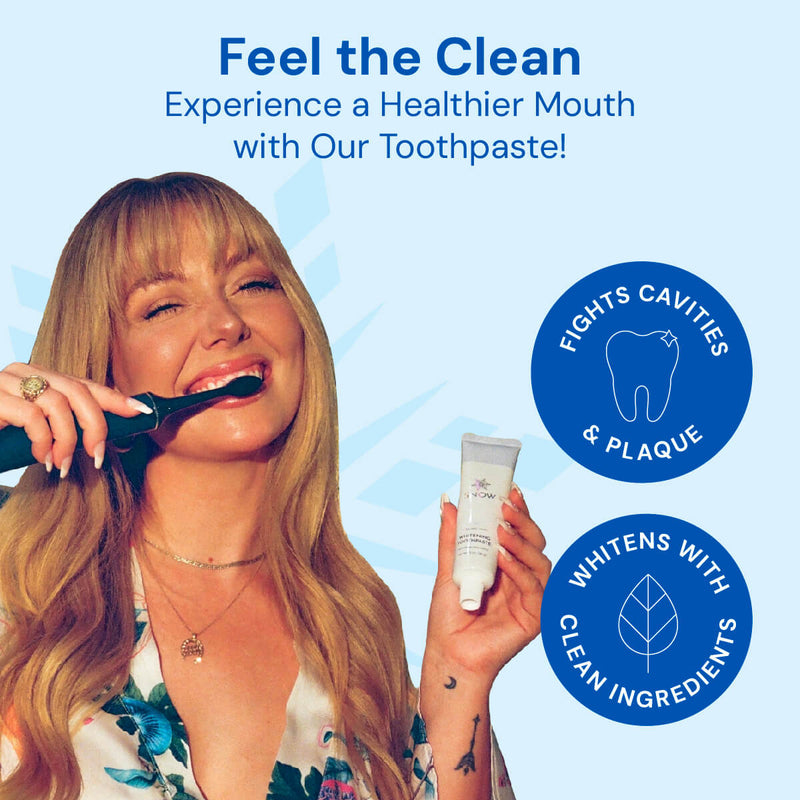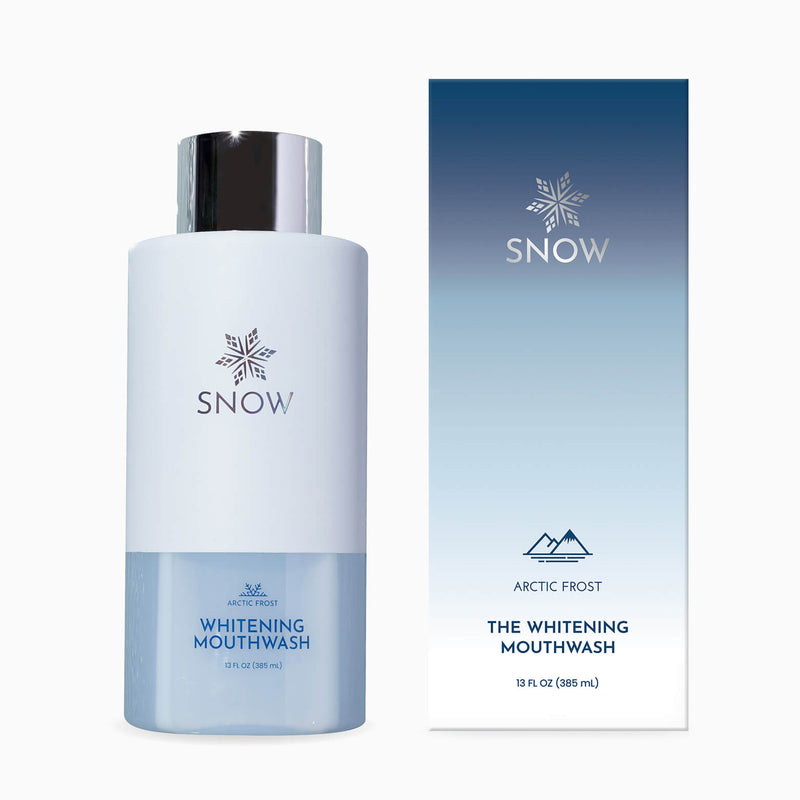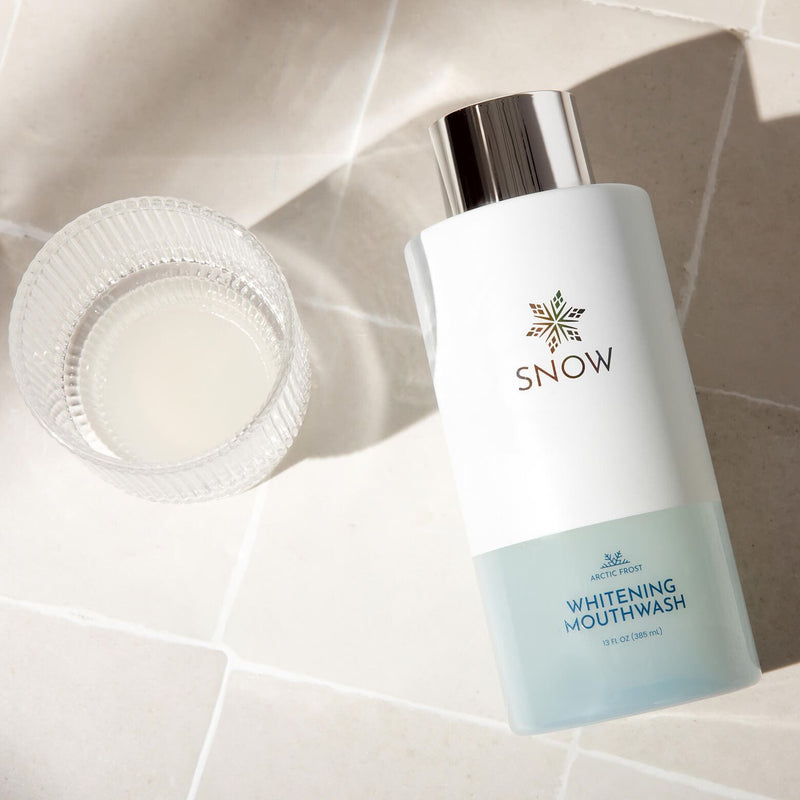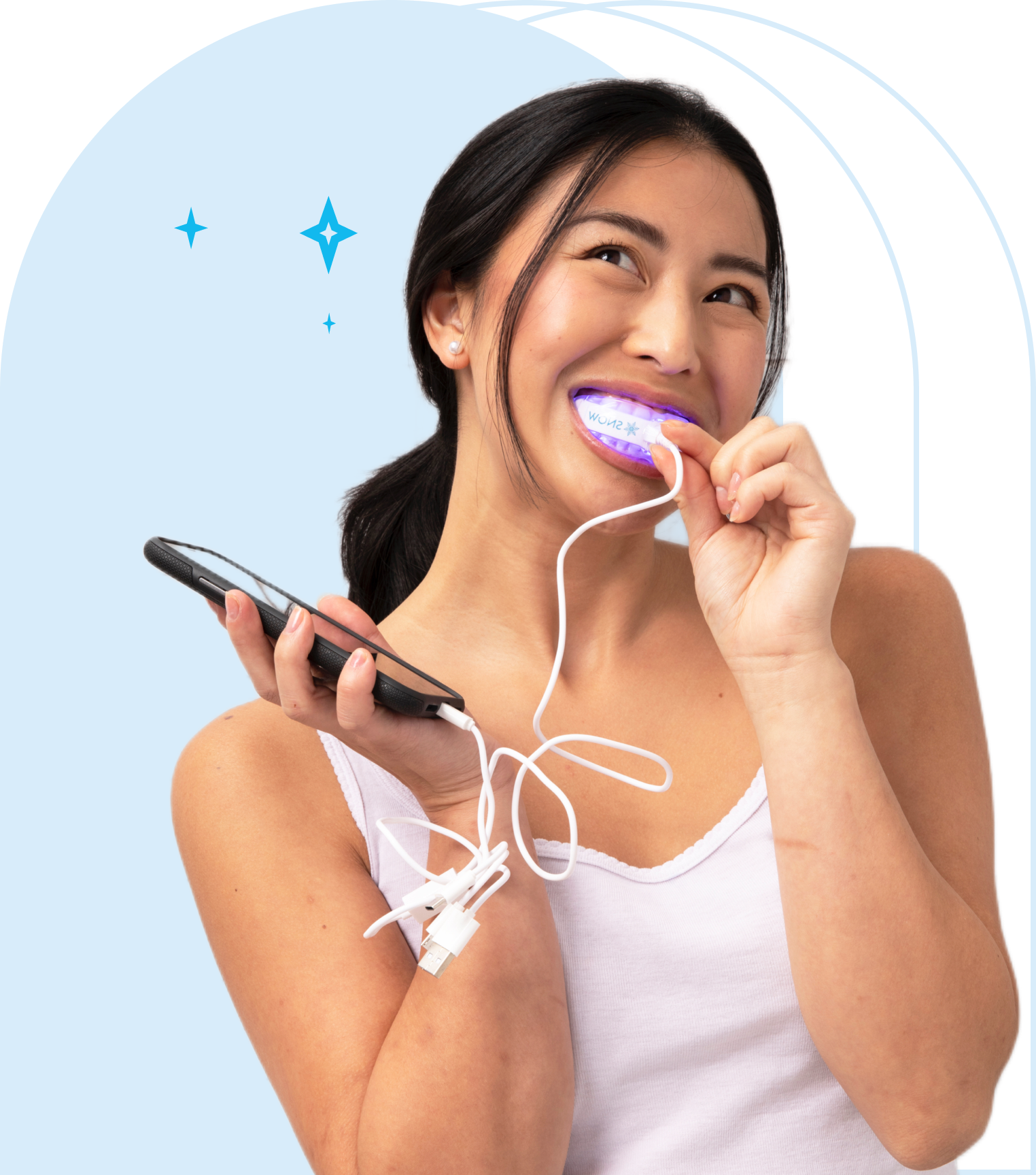If you’ve wondered, “Can I rinse out my floss between uses?”, the answer is no. Rinsing dental floss doesn’t remove bacteria, and reusing it can spread germs that cause tooth decay and gum disease. The American Dental Association advises using fresh floss each time to protect your oral health and prevent bacteria from collecting along the gum line. For best results, always use a new strand to maintain optimal oral health and keep your smile healthy.
Key Takeaways
-
Rinsing dental floss does not effectively sanitize it and can lead to the transfer of harmful bacteria back into the mouth.
-
The American Dental Association strongly advises against reusing dental floss, as it compromises oral hygiene and increases the risk of gum disease and tooth decay.
-
For optimal oral health, always use a fresh piece of dental floss for each use and employ proper flossing techniques.
Why Rinsing Dental Floss Doesn’t Work
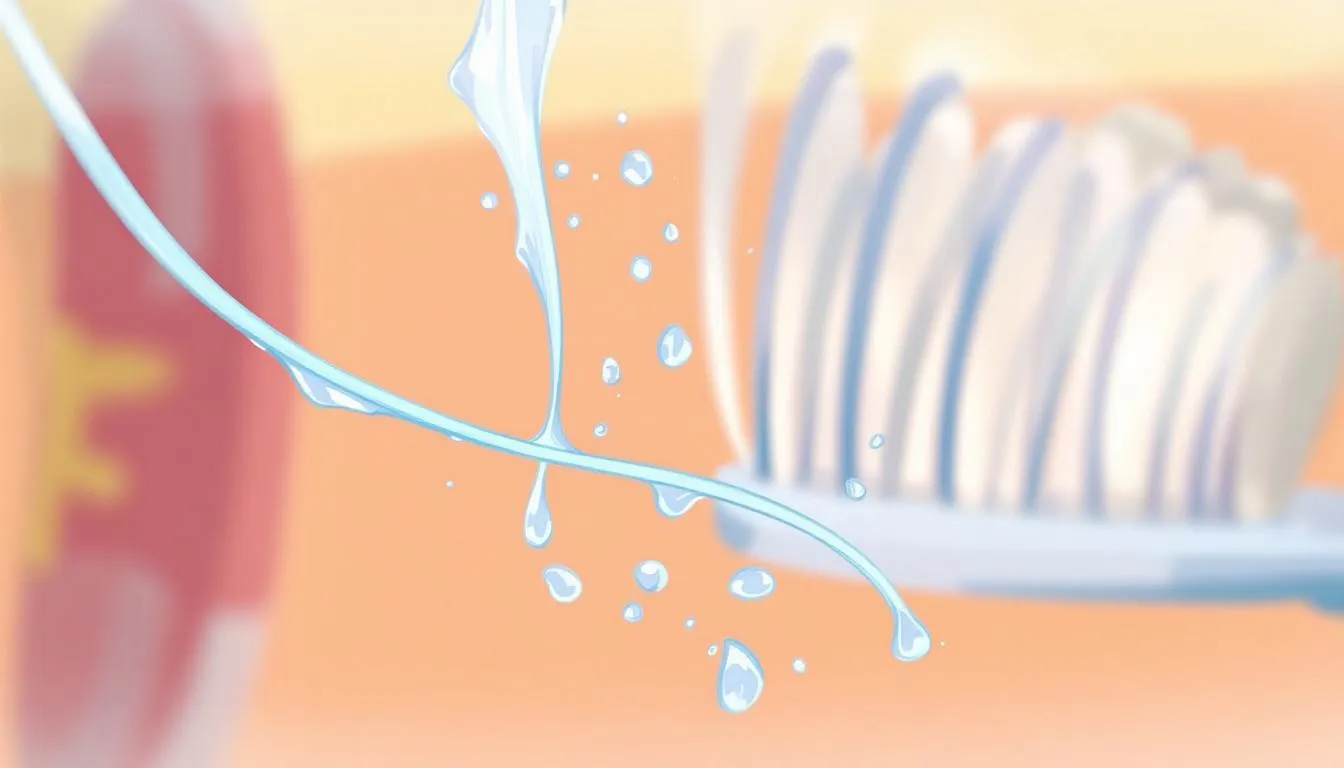
Rinsing dental floss may seem like a quick fix, but it is not effective at removing bacteria or food particles. According to the American Dental Association, dental floss is designed for single-use because it traps plaque, debris, and microorganisms that water alone cannot remove. Reusing it can reintroduce harmful bacteria into your mouth, increasing the risk of tooth decay and gum infections.
A 2019 study in the Journal of Dental Hygiene found that used floss retains oral bacteria even after rinsing, making it unsuitable for reuse. Another study published in the Journal of Oral Microbiology in 2021 confirmed that Streptococcus mutans, a significant cause of cavities, can survive on floss after just one use.
Used floss also loses its strength and becomes frayed, reducing its ability to clean effectively under the gum line. To maintain optimal oral health, always use a new piece of floss for each cleaning session.
Hygiene Concerns of Reusing Dental Floss
Reusing dental floss comes with significant hygiene concerns. The American Dental Association advises against it due to the potential for increased oral infections. When you reuse floss, you risk introducing bacteria and food particles that have accumulated during previous uses. This can heighten the risk of developing gum disease and tooth decay.
Consider the scenario where you’re trying to clean your teeth with used floss. Bacteria from previous flossing sessions can transfer back into your mouth, potentially causing infections such as gingivitis. This cross-contamination can spread bacteria from infected areas to healthy gums and teeth, exacerbating existing oral health problems.
Reusing dental floss can have several adverse effects:
-
It can harbor new harmful microorganisms that were not previously in your mouth, leading to oral infections and compromising your daily dental care routine.
-
Used dental floss loses its integrity, becoming frayed and less effective at removing plaque and food debris.
-
This diminishes its ability to maintain good oral hygiene.
When you might be running low on dental floss, it’s safer to skip flossing for a day than to reuse contaminated floss. The risks of reusing floss far outweigh the benefits, making it crucial to maintain proper dental hygiene practices to achieve optimal oral health.
The Role of Fresh Floss in Optimal Oral Health
Using a clean section of dental floss every time you floss is crucial for preventing cavities and maintaining good oral hygiene. Reusing floss may seem harmless, but it significantly reduces its effectiveness in removing food particles and plaque. A used piece of floss often loses its structure and becomes less effective at cleaning between teeth.
According to the American Dental Association, using a fresh strand of floss daily helps reduce the risk of gum disease, especially along the gumline, where plaque and food debris often accumulate. Even if the floss appears clean after use, it can still harbor bacteria that may lead to tooth decay.
A 2019 clinical trial published in the Journal of Clinical Periodontology found that daily flossing, when combined with brushing for at least two minutes using fluoride toothpaste, significantly improves overall gum health and reduces the risk of cavities.
Most people benefit from using flossing tools like waxed floss, interdental brushes, or floss picks, depending on personal preference. What matters most is using them consistently and correctly.
For the best results, make flossing part of your daily oral care routine. Always use a clean section of floss for each tooth space. This small but essential step can make a big difference in long-term oral health, especially as adults age and become more susceptible to dental issues.
Best Practices for Using Dental Floss
Flossing daily is crucial for removing plaque, maintaining good oral hygiene, and preventing cavities. But to truly benefit from flossing, you need to use the correct technique and tools. Here’s a breakdown of the best practices for flossing effectively:
1. Use Enough Floss
Start with about 18 inches of dental floss. This allows you to use a clean section between each tooth, reducing the chance of spreading bacteria or leftover food particles.
2. Wrap It Properly
Wind most of the floss around your middle fingers, and use your thumbs and index fingers to gently guide it. This gives you precision and control as you clean around each tooth.
3. Gently Glide Between Teeth
Avoid snapping the floss. Instead, gently glide it between your teeth to prevent damaging your gums. When you reach the gumline, slide the floss up and down, making sure to reach slightly below the gumline without forcing it.
4. Shape the Floss
Curve the floss into a C shape around each tooth. This technique ensures better contact and helps remove plaque that builds up along the edges.
5. Use a Clean Section for Every Tooth
After cleaning one area, roll the floss to a fresh section. Reusing the same segment can reintroduce food and bacteria, reducing effectiveness and increasing the risk of gum irritation.
Need Something More Comfortable?
If traditional floss feels awkward or hard to manage, try SNOW® Whitening Charcoal Floss Picks. These compact tools are perfect for on-the-go use and are infused with activated charcoal to help absorb bacteria and remove plaque between teeth. They're strong enough for tight spaces yet gentle on gums, making flossing quicker and more convenient.
6. Don’t Skip Back Teeth
Flossing your molars is just as important as cleaning your front teeth. Use a mirror and take your time to ensure you clean all surfaces, especially areas where toothbrush bristles may not reach.
7. Floss Before or After Brushing
Flossing before brushing can loosen particles that your toothbrush will then remove. Either way, make it a consistent part of your oral care routine.
8. Upgrade to Water Flossing
For those with braces, implants, or tight teeth, water flossers are a game-changer. The SNOW® AquaJet Pro Water Flosser uses powerful jet streams to clean deep between teeth and along the gumline. It’s cordless, portable, and compatible with mouthwash, delivering a dentist-level clean in just 10 seconds a day.
9. Stick With It Daily
Make flossing a habit. Consistency is key to preventing gum disease, reducing plaque buildup, and keeping your teeth clean. Flossing just once a day can significantly improve your oral health over time.
Following these flossing best practices and choosing the right tools can make a big difference in your smile. Whether you're a traditionalist or prefer tech-forward solutions, SNOW® offers flossing options that fit your lifestyle.
Types of Dental Floss: Which is Right for You?
Not all dental floss is created equal. The right choice can improve how effectively you clean between teeth and along the gumline. Your selection often comes down to comfort, space between teeth, and personal preference.

Alternatives to Traditional Floss
For those who find traditional dental floss challenging to use, there are several practical alternatives. Water flossers, for instance, utilize a stream of water to clean areas that are difficult to reach with standard floss. Dental floss picks are also suggested for cleaning hard-to-reach areas efficiently.
Floss picks and interdental devices offer several advantages:
-
Floss picks are simpler alternatives to traditional floss and are ideal for individuals with limited dexterity.
-
They can enhance user comfort and make it easier to clean between teeth effectively.
-
Many users report that innovative interdental devices are faster and more convenient to use than conventional dental floss.
-
Modern interdental devices often include adjustable features to enhance usability and effectiveness.
The introduction of motorized interdental brushes can automate the cleaning process, making it easier for users to maintain oral hygiene. These alternatives can be particularly beneficial for those looking for a more user-friendly and efficient way to keep their electric toothbrush and dental hygiene products for teeth and gums healthy.
How Often Should You Floss?
Most dentists recommend flossing at least once a day to maintain good oral health. For optimal dental health, it’s best to floss daily, preferably before bedtime. Key points include:
-
Flossing daily is recommended.
-
Flossing before brushing may be more effective at dislodging particles.
-
Brushing after flossing helps sweep away dislodged particles.
To ensure you’re using floss properly:
-
Pull out 18 to 24 inches of floss.
-
Wind it around your fingers.
-
Gently slide it up and down between teeth.
-
Always use a clean section of dental floss for each space between teeth to avoid bacterial transfer.
This practice is crucial for maintaining good oral hygiene and preventing cavities and gum disease. Use a proper brush and tiny brushes to wash and maintain optimal oral health, gently protect tooth enamel and chewing surfaces, and strengthen tooth enamel with fluoride to remove plaque, as recommended by your dentist.
Incorporating flossing into your daily routine is essential for removing plaque and food particles from between your teeth and under the gum line. Regular flossing can significantly reduce the risk of gum disease and other oral health issues.
Final Thoughts
Flossing is an essential part of maintaining strong teeth and healthy gums. While it may seem convenient, reusing dental floss can introduce bacteria and reduce the effectiveness of your oral care routine. Using a fresh flossing tool each time helps protect against cavities and gum disease.
For those who find traditional floss uncomfortable or ineffective, consider switching to smarter alternatives. SNOW’s AquaJet Pro water flosser and charcoal-infused floss picks offer a more comfortable and thorough way to keep your smile clean.
Ready to upgrade your flossing routine?
Discover SNOW’s advanced oral care tools
Frequently Asked Questions
Quick answers to common questions about flossing and oral health.
Can you rinse and reuse floss?
You should not rinse and reuse dental floss, as it's designed for single use to maintain oral hygiene. Reusing it can introduce harmful bacteria, risking your dental health.
How often should you floss?
Flossing at least once a day is essential for effectively removing plaque and food particles, promoting better oral health. Make it a daily habit for optimal results.
What types of dental floss are available?
There are various types of dental floss available to suit your needs, including waxed, unwaxed, flavored, unflavored, expandable, woven, and superfloss. Choosing the right type can enhance your oral hygiene experience.
What are some alternatives to traditional dental floss?
Effective alternatives to traditional dental floss are water flossers, dental floss picks, and interdental brushes, which can help maintain your oral hygiene efficiently. Consider these options to find what works best for you.
What is the best time to floss?
Flossing before brushing at night is the most effective time, as it removes food particles and plaque, allowing your toothbrush to clean your teeth more thoroughly afterward.

















































